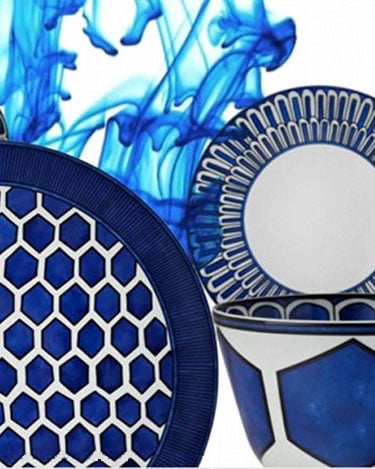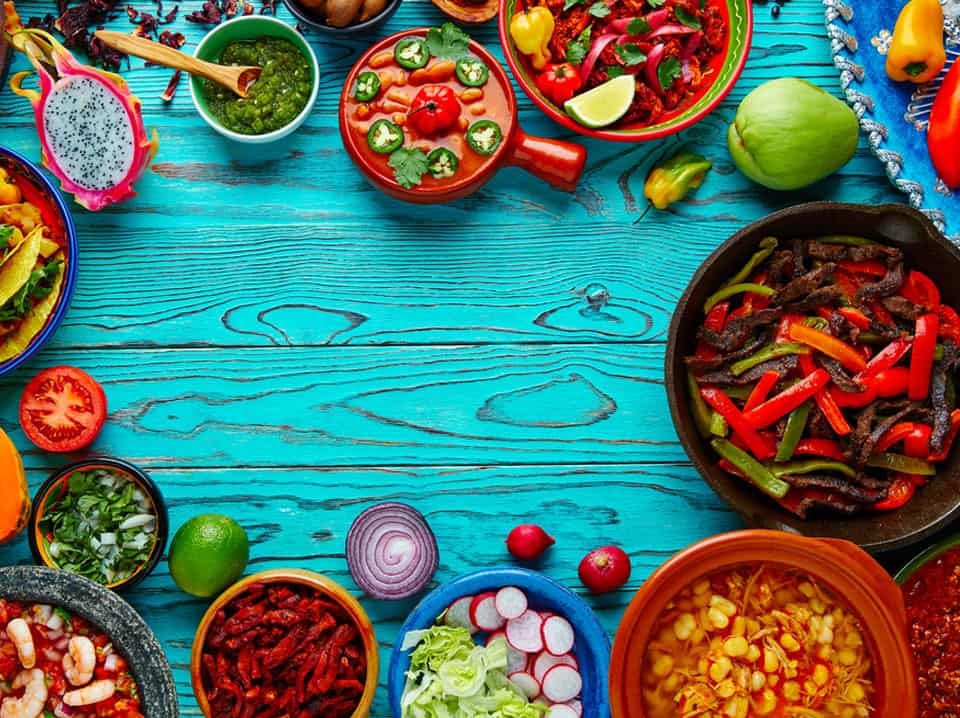-
Mar 10 2017 Is Your Food Plate Color Making You Put On Weight?
Food Plate Color
Food Plate Color seems like a ridiculous notion, right? Did you just eat a large lunch? Did you eat it off that bright red food plate you love using for everyday meals? Did the small portion of food you served yourself look so yummy, that you had to have a second helping? OMG! You just failed your diet resolution – and the culprit wasn’t even your lack of willpower!
It was that red food plate color. No, really, it could well be the reason why your compulsion to binge got the better of you. And you overate without even realizing it.
But the good news is this: once you know the secret of appetite-suppressing colors, you won’t be tempted in quite the same way again. You’ll keep the hunger-inducing red/green/turquoise plates and bowls for other occasions, and eat your daily meals off crockery that do not encourage a hearty appetite.
If you’re aware of color therapy, you know that colors have a strong, subconscious impact on our emotions and feelings. In the same way, colors can also tempt us or repel us from the idea of food. So, here’s a list of colors you should keep in mind when you’re shopping for everyday crockery. Maybe, you can even buy a single set of plates and bowls in any of these colors if you’re the only one dieting in the family.
BLUE: IT IS COLD AND UNAPPETIZING
Blue has an overall calming effect on our moods, and by that same token, it `cools’ our reckless urge to overeat. In a study conducted with 3 sets of participants served their meals in blue, red and yellow rooms, the ones in the
 blue room consumed 33% less food than in the other two.
blue room consumed 33% less food than in the other two.You may have noticed some stores carry refrigerators with blue lights inside to reduce the compulsion to snack. Color therapists often suggest painting a kitchen in blue if a family is dealing with weight issues. But a much easier way to involve this color with your food habits is by using blue food plates.
Aesthetically, blue looks gorgeous on dishes, platters and bowls, and its appetite-suppressing qualities can be your own little secret…
PURPLE: IT IS NOT A ‘FOODIE’ COLOR
Purple is a strong, spiritual color that feeds the imagination and provokes high thinking. But it rarely occurs in the physical plane or in natural foods. Besides eggplants, purple cabbage and some grapes, there aren’t many vegetables and fruits that are purple.
Therefore, purple is not a shade our subconscious generally associates with tastiness, and our response to food served on purple plates lack that extra eagerness to satisfy a physical desire such as overeating.
GRAY: SUGGESTS OPPOSITE OF FRESHNESS
When was the last time you said: “I’m really craving something deliciously gray to eat”? Possibly, never. Our general perception is that foodstuff turn gray when they lose their freshness.
The color, though neutral in its psychological properties, has a dampening effect on all other colors around it.
With none of the juiciness of green or the brightness of red/orange, all gray does is kill appetite and take the vibes of excitement out of eating.
Which is great news for weight watchers!
BLACK: ASSOCIATES WITH ROT AND DECAY food plate Color
Black is a color we subliminally associate with rot. When foodstuff is not merely past its sell-by date (that would be gray) but when the actual process of decomposition has set in, we expect things in nature turn a morbid black.
Serving food on black plates is pleasing to the eye, and therefore it’s great for entertaining etc., but the color will not do much to encourage our appetite if used on plates we eat off everyday.
The heaviness of black will absorb all the energy coming towards you, and that includes sensations of tastefulness and corresponding hunger as well.
BROWN: BLUNTs FOOD CRAVINGS
This is a surprising one because you’d expect brown – the color of fresh baked bread, steaks, chocolate etc. – to increase our desire to eat. But not so, say researchers, when the color is used as a backdrop for food to be served in.
The lack of energy in this dark, sluggish shade slows down the pace of eating, which gives the brain enough time to transmit sensations of fullness and therefore curb overeating.
In conclusion, food plate color can contribute to a lot of potential goods and bads in our psyche while eating. So, think about these little extras that could be contributing to you having those cravings!! Be careful and choose wisely!



